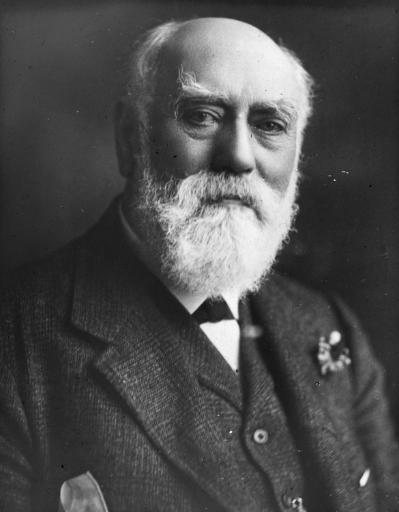Charles Lanyon (1813-1889) architect, engineer and surveyor was born in Sussex but spent most of his career in Belfast. In 1832 he moved to Dublin with Jacob Owen, the architect of the Office of Public Works in Ireland, who was to become his father-in-law. In 1836 he came to Belfast on his appointment as County Surveyor of Antrim, a post he held until 1860. Roads and bridges were a major part of his work with the execution of William Bold’s scheme for the Antrim Coast Road in 1842 ranking as one of his greatest achievements. He built up a thriving private practice designing a wide range of buildings including banks, churches, country houses, hospitals, schools and colleges. As well as the building with which he is most closely associated, Queen’s College (1846-49; now Queen’s University), notable examples of his work in the city include the Crumlin Road Gaol (1843-45) and County Courthouse (1848-50), the Palm House in Botanic Gardens (wings 1840, central block 1852), the Union Theological College (1852-53) and the Custom House (1857).
Lanyon’s young assistant on the Queen’s College project was the highly talented William Henry Lynn (1829-1915) who was to become a partner in the firm in 1854 when only twenty-four years old. Lynn later left the firm and became a sole practitioner in 1872. In 1910, at the age of eighty-two, he defeated fifty-seven other entrants in a competition for a major extension of what was by that date Queen’s University Belfast.
